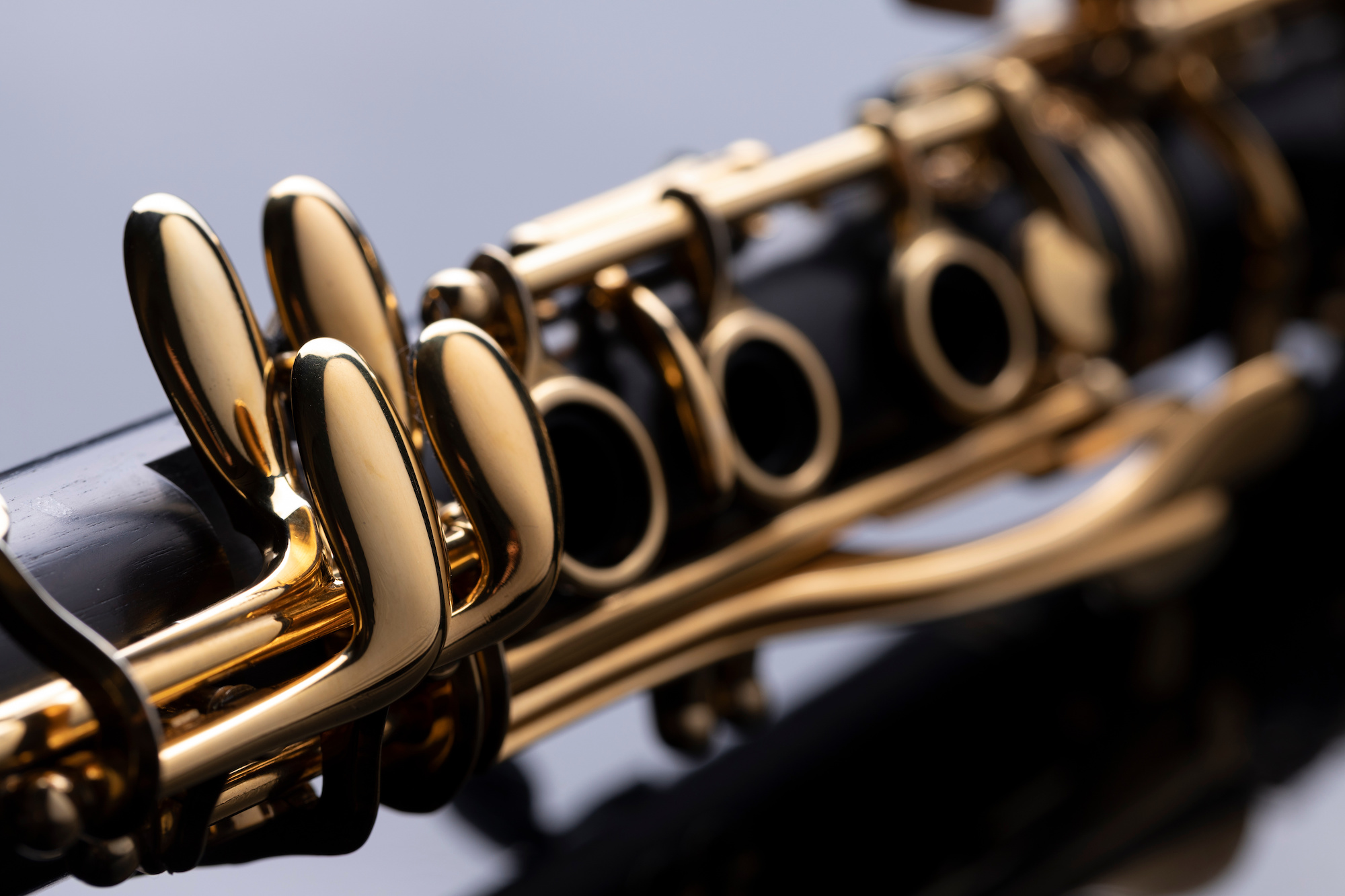
When you think about a symphony orchestra, several instruments may come to mind, such as the violin, the cello, the trumpet, or the piano. However, there is one instrument that stands out for its unique sound and character: the clarinet. Known for its beautiful tone and range of expression, the clarinet has become a staple in various genres, from classical to jazz. Let’s take a deep dive into 10 clarinet facts that will tune you into the world of this remarkable instrument.
Origins of the Clarinet
The clarinet was invented in Germany around the end of the 17th century by Johann Christoph Denner. It is believed to have evolved from an earlier instrument known as the chalumeau, a single-reed, woodwind instrument.
Different Types of Clarinets
There is not just one type of clarinet; there are several! The most common is the B-flat clarinet, often simply referred to as “the clarinet”. Other types include the A, E-flat, and bass clarinets. Each one has its own unique sound and range.
The Clarinet’s Unique Range
One of the defining characteristics of the clarinet is its wide range. It has the largest pitch range of all common woodwinds, with the standard B-flat clarinet able to play over four octaves.

Clarinet’s Role in Classical Music
The clarinet holds a prominent place in the classical music world. Many famous composers, such as Mozart, Brahms, and Copland, have written significant works featuring the clarinet.
Contribution to Jazz
The clarinet also played a significant role in the world of jazz. Iconic jazz musicians like Benny Goodman and Artie Shaw helped popularize the instrument in this genre, with Goodman often referred to as the “King of Swing.
Clarinet’s Construction
Most clarinets are made of grenadilla wood due to their excellent tonal qualities, although student models are often made of plastic. A clarinet is composed of several parts: the mouthpiece, barrel, upper joint, lower joint, and bell.
The Use of Reeds
Like all woodwind instruments, the clarinet uses a reed to produce its sound. The reed is made of cane and is attached to the mouthpiece. When the player blows air between the reed and the mouthpiece, the reed vibrates, producing sound.

Importance of Maintenance
Clarinet maintenance is crucial to keeping the instrument in top playing condition. This includes swabbing out the moisture after playing, oiling the keys as necessary, and regularly changing the reed.
Variations in Clarinet Music Across the World
The clarinet’s sound and style can vary significantly depending on where in the world it is being played. For instance, the Turkish G clarinet has a very different sound and is played differently than the clarinets we are accustomed to in Western music.
The Clarinet in Popular Culture
The clarinet isn’t just for classical and jazz musicians. It has also found its way into pop culture, including movies, TV shows, and popular music. For instance, the character Squidward in the TV show “SpongeBob SquarePants” famously plays the clarinet.
Final Word
As we’ve seen, the clarinet is a fascinating and versatile instrument with a rich history and a wide range of expression. Its sweet, resonant tones have captured the hearts of listeners for centuries, and it remains a beloved instrument in orchestras, jazz bands, and solo performances around the world. Whether you’re an aspiring clarinetist, a seasoned player, or just a music lover, these ten facts give you a deeper appreciation for this wonderful instrument.
Was this page helpful?
Our commitment to delivering trustworthy and engaging content is at the heart of what we do. Each fact on our site is contributed by real users like you, bringing a wealth of diverse insights and information. To ensure the highest standards of accuracy and reliability, our dedicated editors meticulously review each submission. This process guarantees that the facts we share are not only fascinating but also credible. Trust in our commitment to quality and authenticity as you explore and learn with us.
